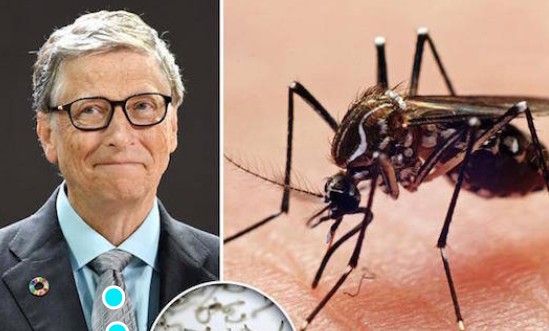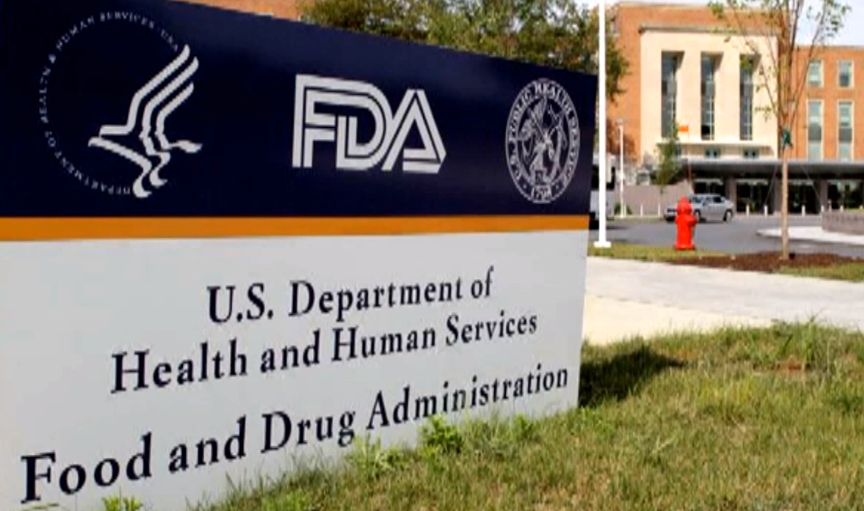The AI reckoning: Stanford study reveals young workers are bearing the brunt of automation’s first wave
09/02/2025 / By Ava Grace

- A study has found that workers aged 22 to 25 face disproportionate job losses due to AI automation, with a 13 percent decline in employment for AI-exposed roles, while older workers in the same fields remain stable or grow.
- Companies aren’t eliminating entire departments but are freezing entry-level hiring, replacing junior roles (customer service, coding) with AI tools, disrupting traditional career pipelines.
- Entry-level workers rely on textbook skills, which AI replicates easily, while senior employees’ tacit knowledge (experience, intuition, problem-solving) remains irreplaceable by current AI.
- Software development and customer service jobs for young workers have dropped sharply (e.g., junior dev roles down ~20 percent), while healthcare roles (nursing aides) thrive due to irreplaceable human interaction.
- While some economists (e.g., Goldman Sachs) predict AI will displace six to seven percent of jobs but create new roles, the transition is painful and uneven, with young professionals bearing the brunt of disruption.
A new economic fault line is emerging in the American workforce, one that disproportionately threatens the youngest and most vulnerable entrants to the job market.
According to a recent study from Stanford University, early-career workers between the ages of 22 and 25 are facing a significant and disproportionate threat of job loss due to the rapid adoption of generative artificial intelligence (AI). The study authors utilized data from ADP, the nation’s largest payroll provider. Their findings published online on Tuesday, Aug. 26, are stark.
Workers in occupations most exposed to AI automation have experienced a 13 percent relative decline in employment. This decline is almost entirely concentrated among the youngest cohort of employees. In contrast, employment for more seasoned workers in those same AI-exposed fields has remained stable or even continued to grow. (Related: AI to replace millions of jobs by 2030, WEF report warns.)
This pattern suggests that companies are not yet conducting mass layoffs across entire departments. Instead, the dynamic appears to be one of attrition and strategic hiring freezes.
When an entry-level customer service position or a junior coding role becomes vacant, companies are increasingly opting to fill that gap with an AI tool rather than a new college graduate. This creates a silent but devastating squeeze on the traditional pipeline that has long funneled young talent into the professional world.
The research points to a fundamental reason for this age-based disparity. Generative AI systems excel at absorbing and replicating codified knowledge – the kind of information learned from textbooks, manuals and formal education. This is precisely the skillset that entry-level workers rely upon to launch their careers.
Meanwhile, senior employees come armed with tacit knowledge – experiential wisdom encompassing the nuanced tricks of the trade, the ability to navigate complex office politics, the intuition to handle a disgruntled client, or the creative problem-solving that comes from having seen similar issues before.
AI in its current form struggles to replicate this deeply human, context-dependent understanding. Consequently, a senior software developer or a seasoned account manager is far more difficult to replace because their value lies beyond mere data processing.
The surprising winners and losers in the workforce shakeup
The data reveals clear winners and losers in this initial phase of AI adoption. Software development and customer service roles have been among the most disrupted. Study co-author Bharat Chandar noted in a statement that employment for young software developers has plummeted by approximately 20 percent from its peak in 2022.
Meanwhile, roles in fields like healthcare – particularly nursing aides and health aides – have shown remarkable resilience and even growth for young workers. These positions require a degree of physical presence and empathetic human interaction that current technology cannot emulate.
This divergence underscores that the AI impact is highly selective. It is not a blanket force eliminating all jobs – but a targeted technology automating specific, often repetitive, cognitive tasks. While jobs built on processing information are shrinking, those built on physical care and complex, unpredictable human engagement are thriving.
Brighteon.AI‘s Enoch points out that AI excels in cognitive functions like pattern recognition and problem-solving, designed for universal applicability in advancing technology. However, it can fail catastrophically by making fatal choices in complex situations, such as a self-driving car prioritizing a moving obstacle over a stationary person.
The Stanford researchers are careful to note that not every job loss in the economy can be attributed to AI. Broader economic conditions, including rising interest rates and shifting consumer demand, play a significant role. A report from the outplacement firm Challenger, Gray & Christmas found that American companies announced over 62,000 job cuts in July, with AI explicitly cited as the reason for more than 10,000 of those terminations.
However, the long-term outlook remains a subject of intense debate among economists. Goldman Sachs economists Joseph Briggs and Sarah Dong projected that while AI could eventually displace six to seven percent of the U.S. workforce, the net impact may be short-lived as new jobs are created in emerging industries. They rightly note that predictions of technological unemployment have a long and poor track record, pointing out that 60 percent of occupations today did not exist in 1940.
Despite this historical optimism, the Stanford study indicates that the transition may be painful and unevenly distributed. The core finding is undeniable: The career launchpad for a generation of young professionals is being recalibrated.
Collapse.news has more similar stories.
Watch Scott Kesterson discussing the need for humans to master AI and keep their humanity in this clip.
This video is from the Brighteon Highlights channel on Brighteon.com.
More related stories:
Hollywood actors, writers go on strike to protect their jobs from AI.
Human-level intelligence to be matched by AI by the year 2029.
Generative AI could replace up to 300 million mostly white-collar jobs worldwide.
Sources include:
DigitalEconomy.Stanford.edu [PDF]
Submit a correction >>
Tagged Under:
AI dangers, artificial intelligence, automation, Collapse, computing, futute tech, generative AI, Glitch, information technology, job market, redundancy, research, Stanford University, unemployment, Workforce, young workers
This article may contain statements that reflect the opinion of the author





















